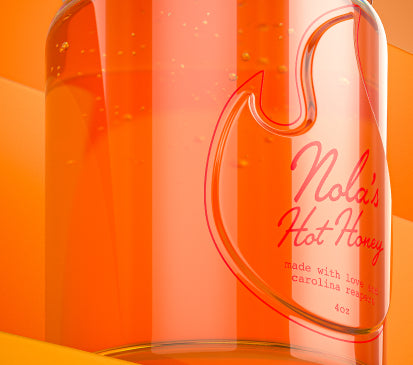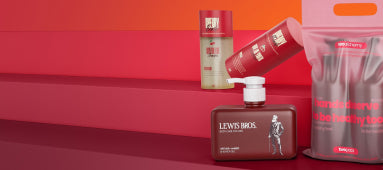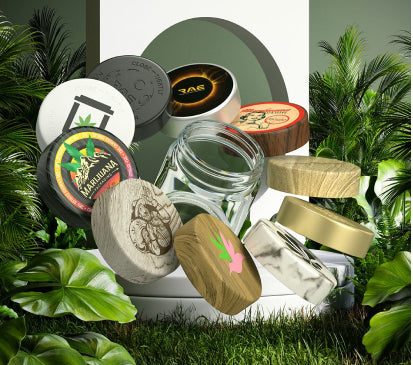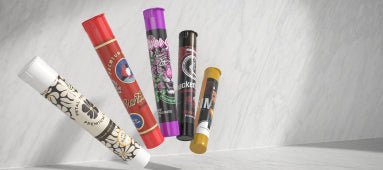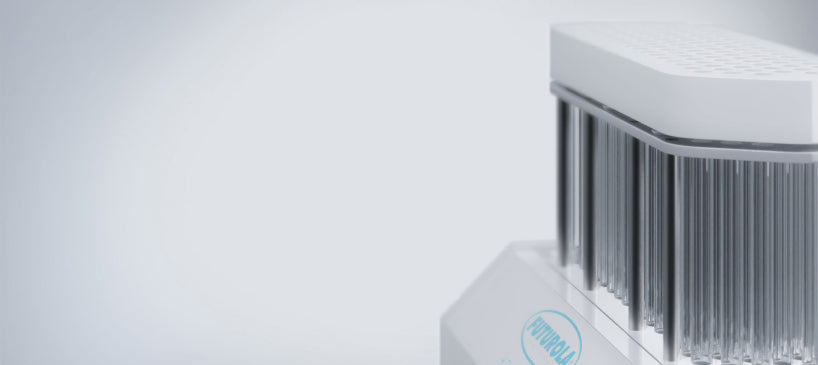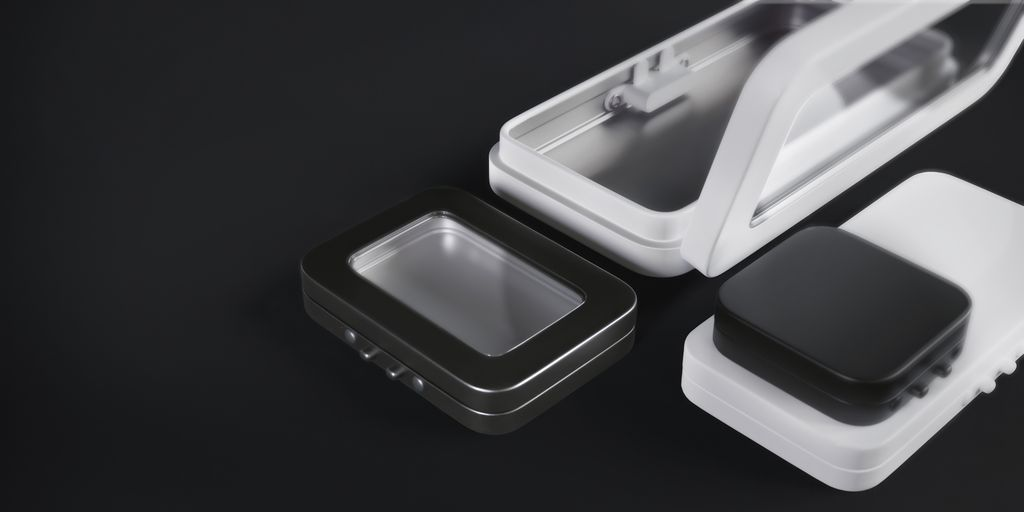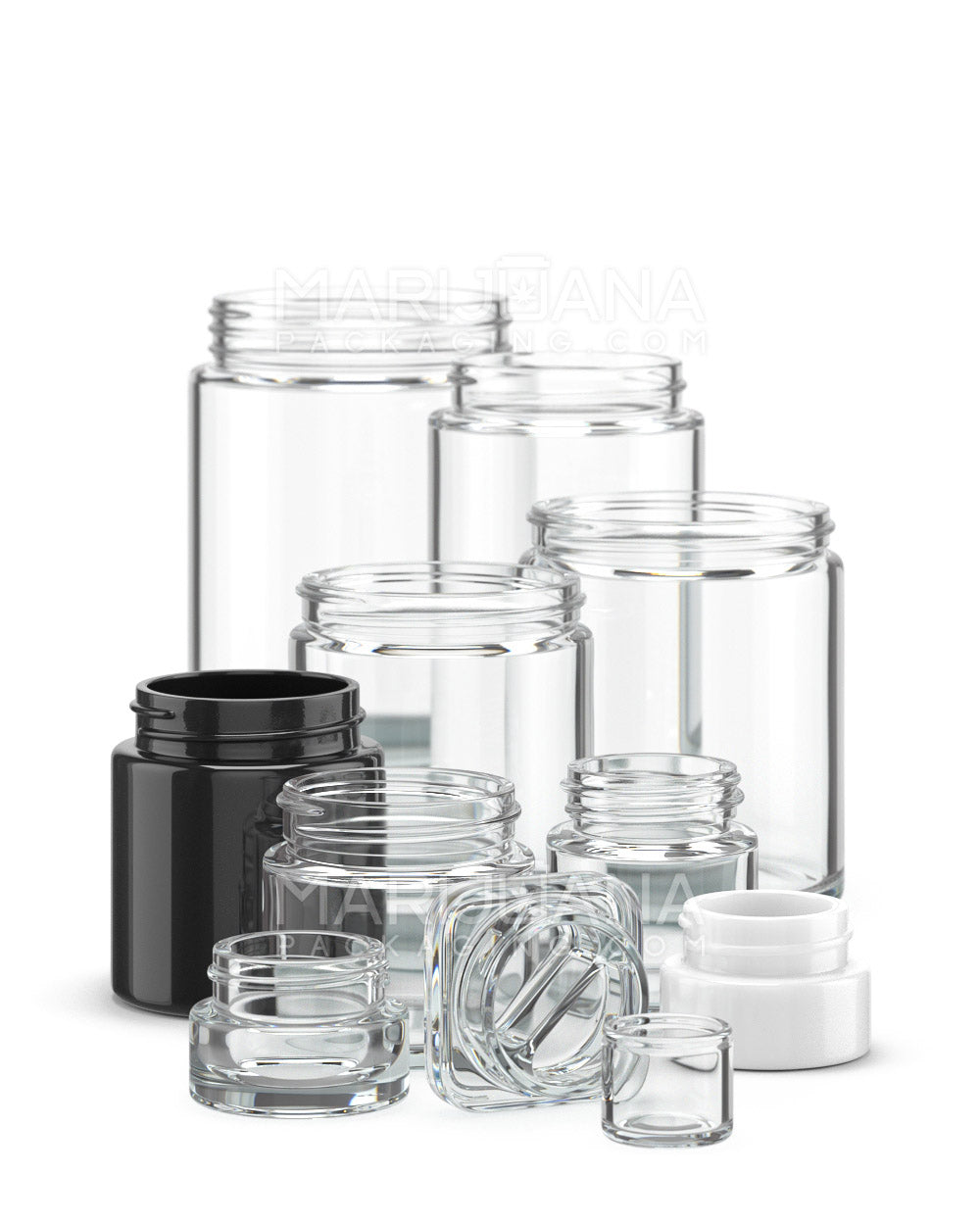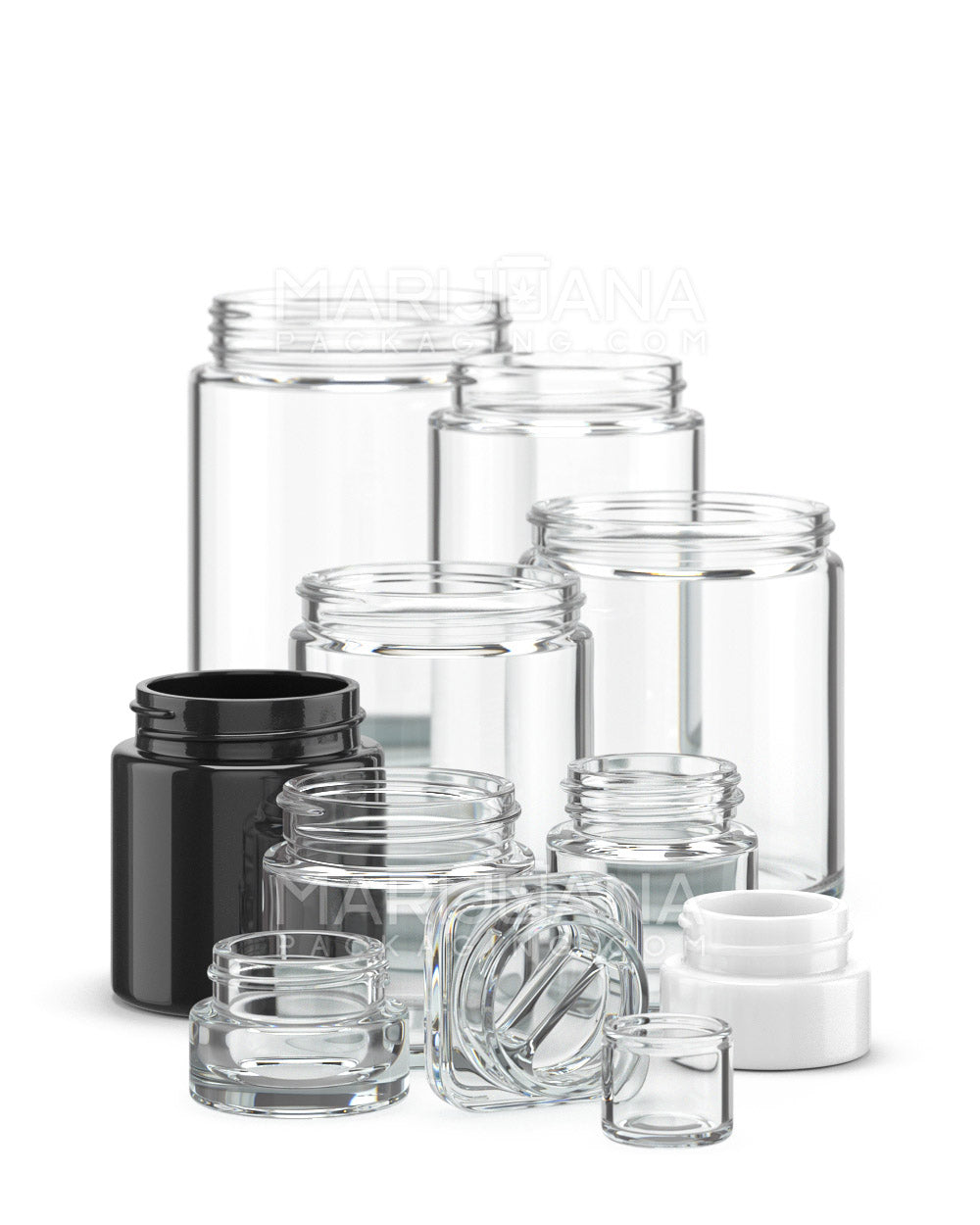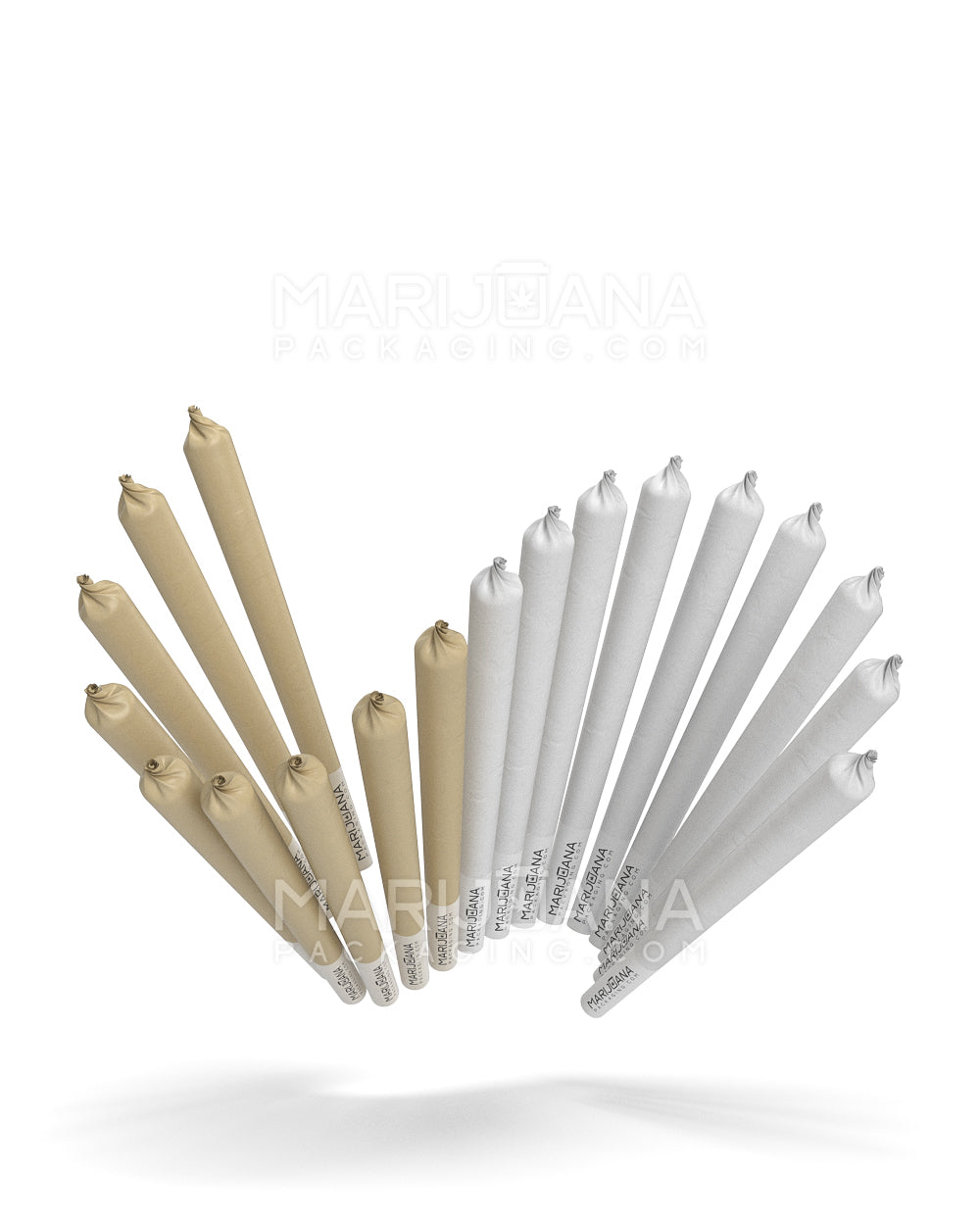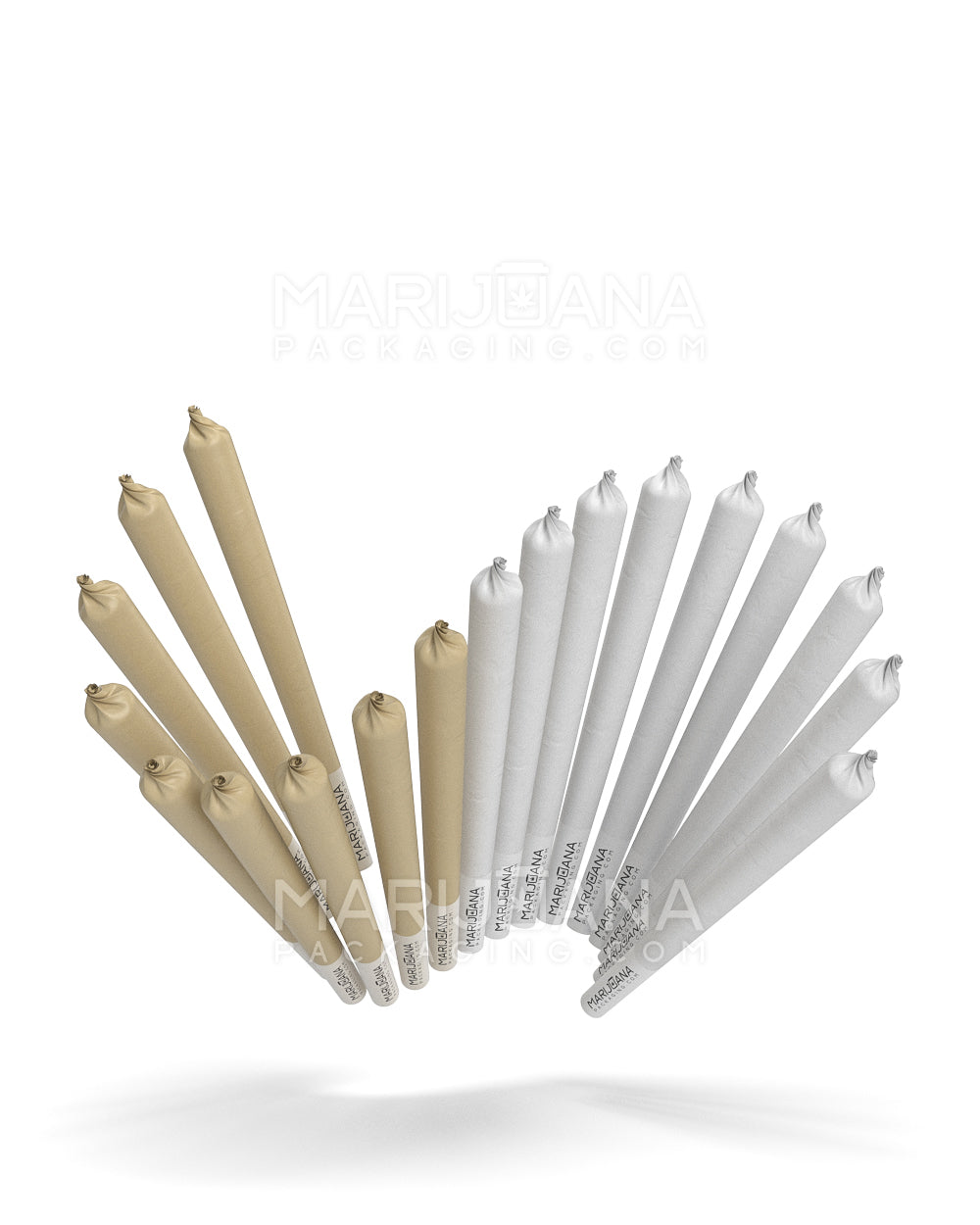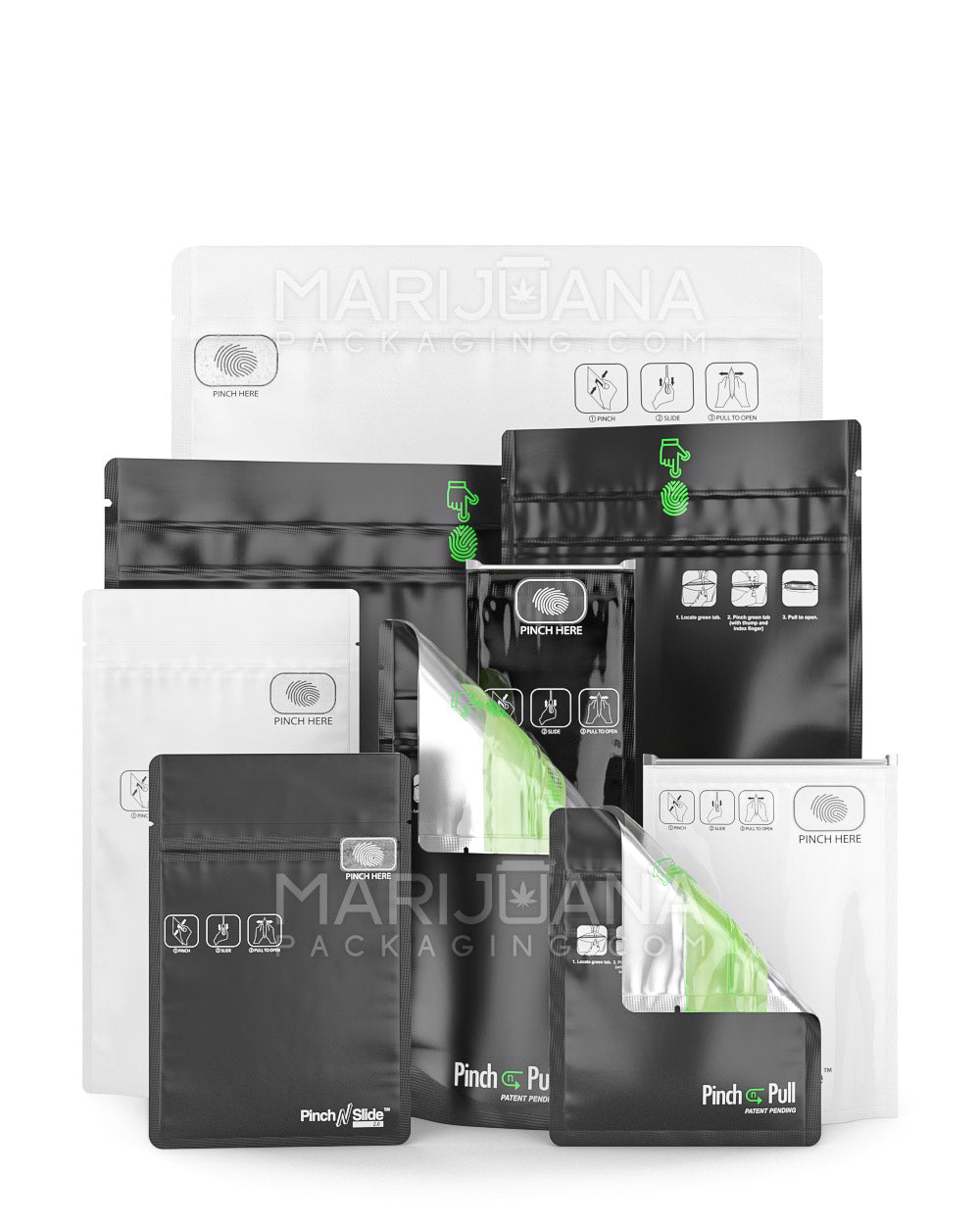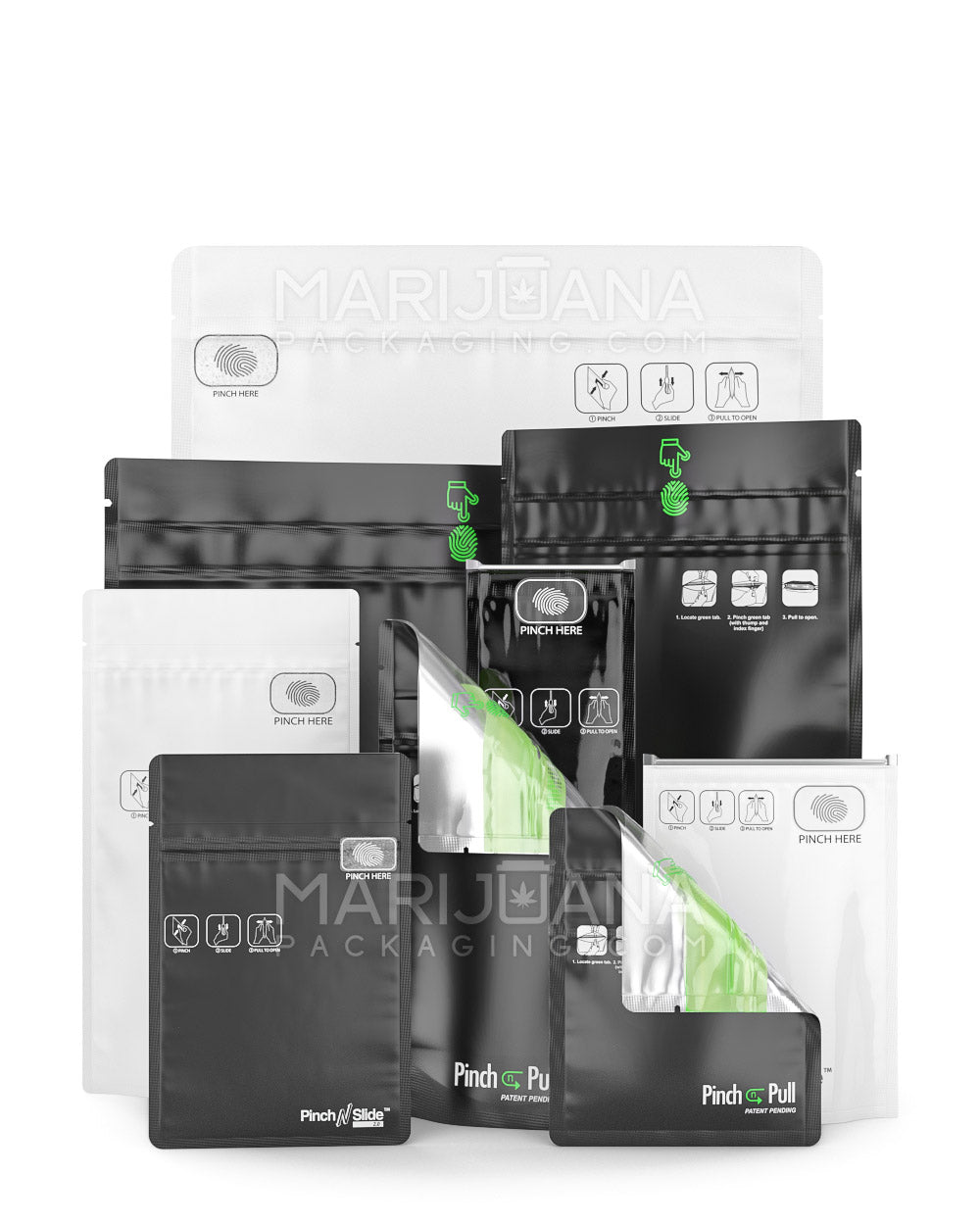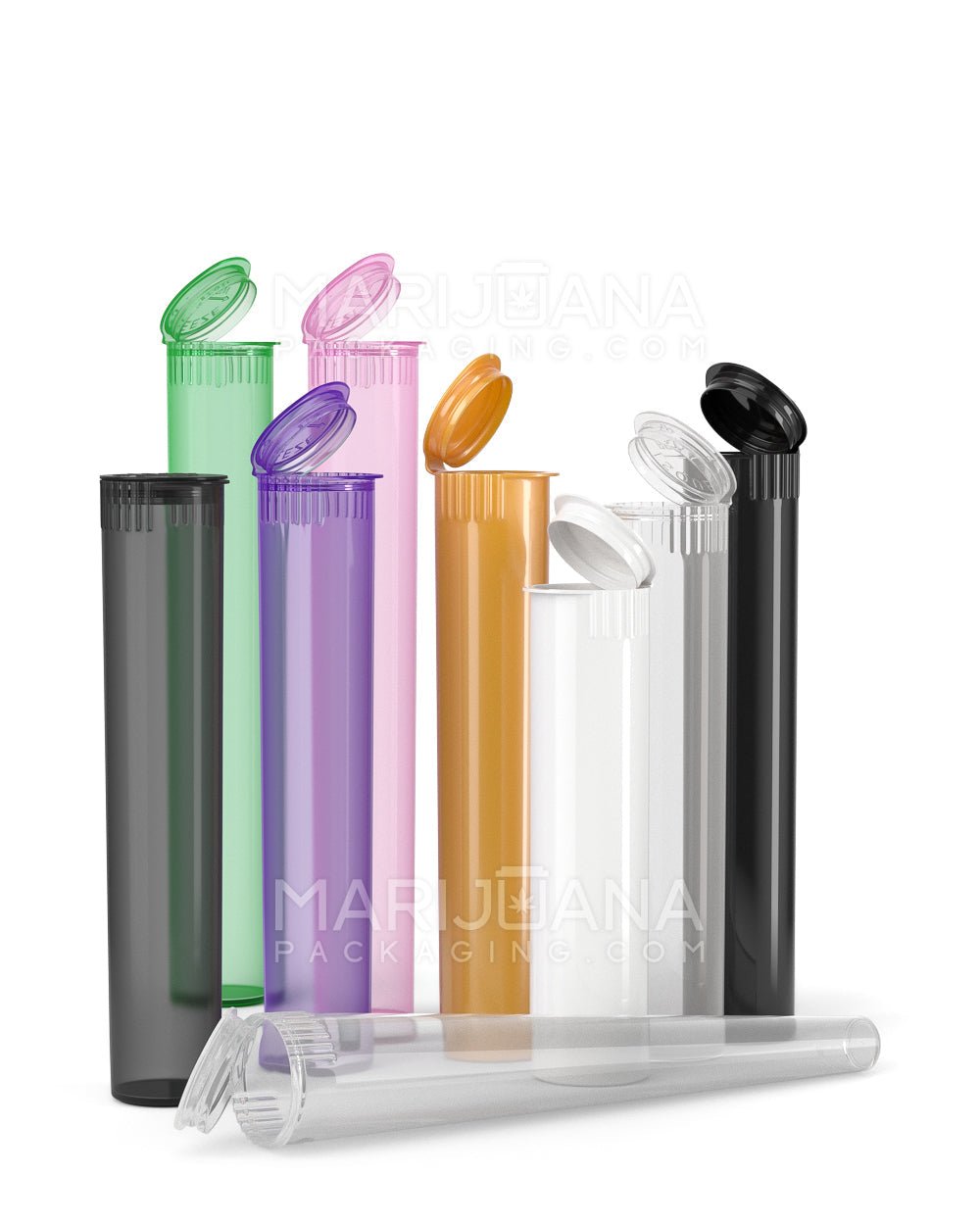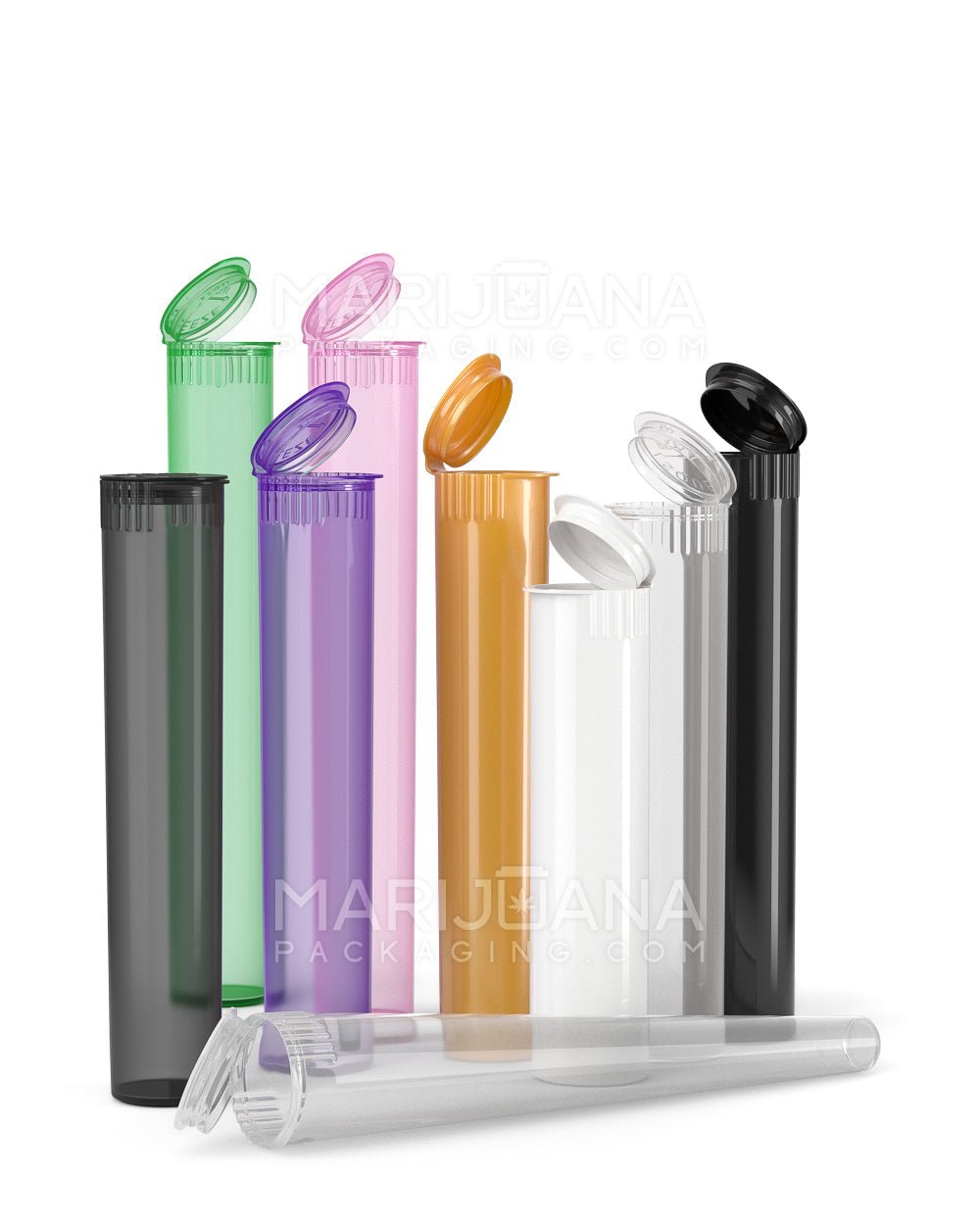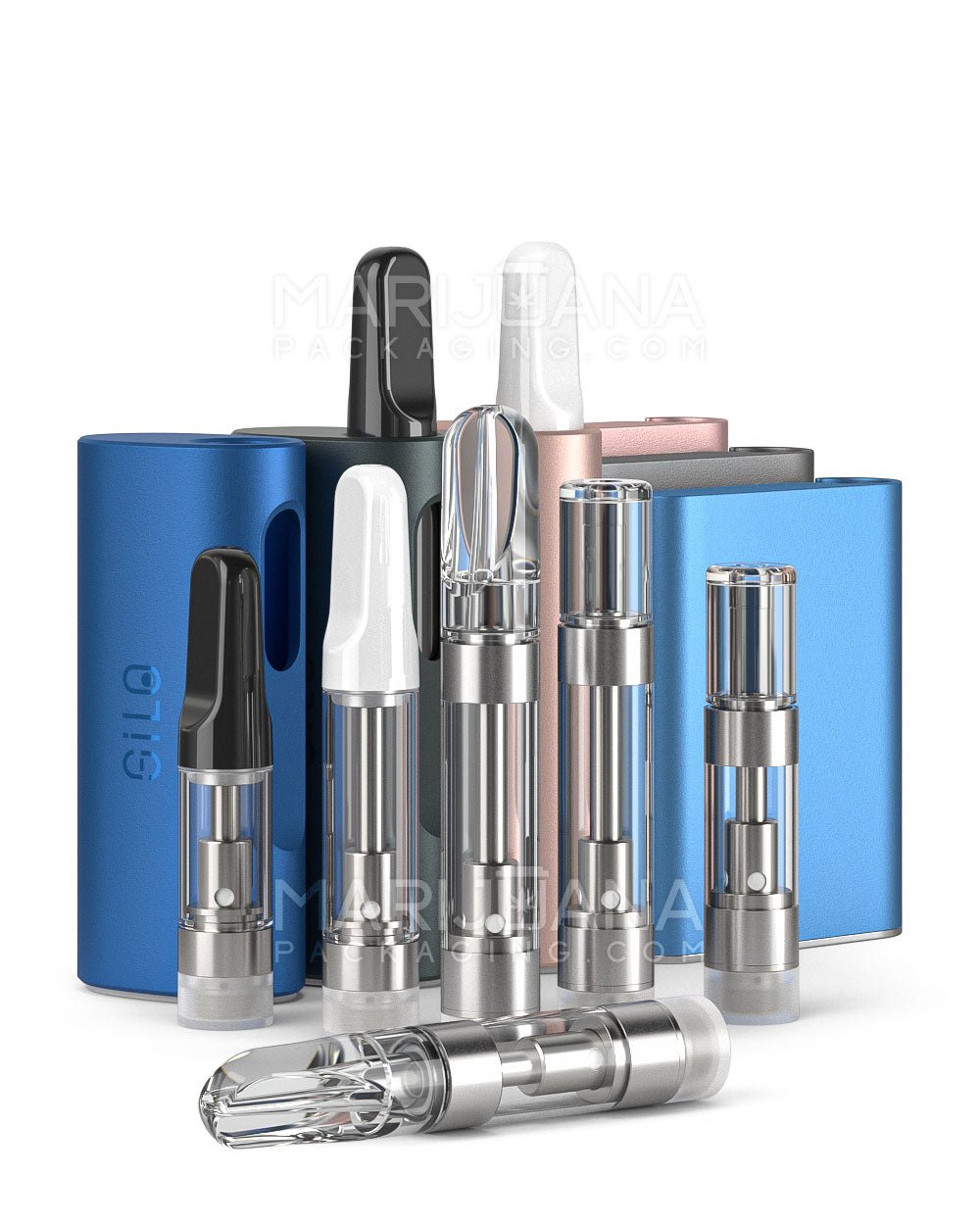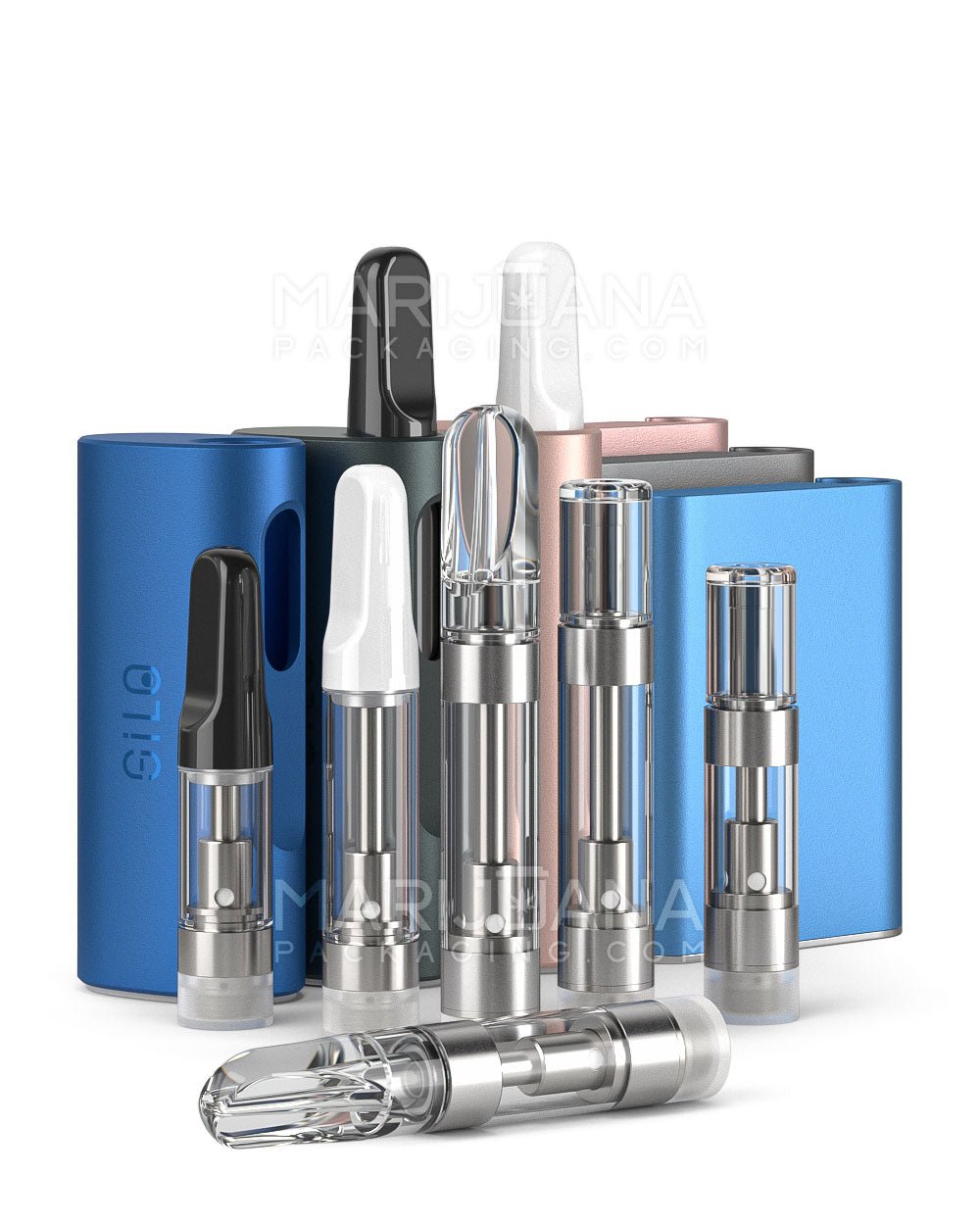When it comes to enjoying marijuana, there's more than meets the eye—or the flame. If you've ever wondered why your cannabis brownies or gummies pack such a punch, it's all thanks to a little process called decarboxylation. This scientific-sounding term is the secret behind unlocking the full potential of your favorite herb.
In this article, we'll explore everything you need to know about decarboxylating marijuana. From the science behind it to practical methods you can try at home, we'll guide you through the process step-by-step. Grab a comfy seat, and let's get started on this aromatic adventure!
What is Decarboxylation?
Decarboxylation is a fancy way of saying "activate the good stuff." When you're dealing with cannabis, you're working with compounds like THCA and CBDA, which are the raw forms of THC and CBD. These compounds don't have the psychoactive or therapeutic effects we typically associate with marijuana until they're heated.
Heating cannabis through smoking or vaping naturally decarboxylates it, transforming THCA into THC and CBDA into CBD. This chemical reaction removes a carboxyl group, releasing carbon dioxide and allowing the active compounds to engage with our body's endocannabinoid system. Without this crucial step, your cannabis-infused treats would be pretty lackluster.
Why is Decarboxylation Important?
Skipping decarboxylation would be like trying to bake a cake without turning on the oven. Sure, you've got all the ingredients, but without that crucial heat, you're missing out on the magic. The same principle applies to cannabis. Without decarboxylation, your edibles or oils won't deliver the desired effects.
This process is vital for making edibles, tinctures, or any cannabis product consumed without direct heat. It ensures that your infusions are potent and effective, allowing you to get the most out of your cannabis experience. So, whether you're a seasoned edible aficionado or a beginner looking to experiment, understanding decarboxylation is key to achieving the results you want.
How to Decarboxylate Marijuana at Home
Decarboxylating marijuana at home is easier than you might think. With just a few tools and some patience, you can activate your cannabis and prepare it for all sorts of creations. Here's a simple method to get you started:
- Gather your supplies: You'll need your cannabis, an oven, a baking sheet, parchment paper, and a grinder.
- Preheat your oven: Set the temperature to around 220-240°F (104-116°C). This low heat ensures your cannabis doesn't burn, preserving its potency.
- Prepare your cannabis: Grind your weed into a uniform consistency, but don't pulverize it into dust. Consistency is key for even heating.
- Line the baking sheet: Place a piece of parchment paper on your baking sheet to prevent sticking and make cleanup a breeze.
- Spread the cannabis: Evenly distribute your ground cannabis on the parchment paper.
- Bake: Place the baking sheet in the oven and let it bake for about 30-45 minutes. Stir occasionally to ensure even heating.
- Cool and store: Once baked, remove the cannabis and let it cool. Store it in an airtight container until you're ready to use it.
Common Mistakes to Avoid
Even though decarboxylating cannabis is straightforward, there are a few pitfalls to watch out for. Here are some common mistakes and how to avoid them:
- Too much heat: Cranking up the oven might be tempting, but high temperatures can destroy the cannabinoids and terpenes, reducing potency and flavor.
- Uneven grinding: If your cannabis isn't ground evenly, you'll end up with inconsistent results. Make sure to grind it to a uniform size for the best outcome.
- Skipping the stir: Stirring your cannabis halfway through baking ensures even heat distribution, preventing some bits from getting overcooked while others remain raw.
- Ignoring the smell: Decarboxylation can produce a strong aroma, so make sure you've got good ventilation if you don't want your whole house smelling like a dispensary.
Decarboxylation Methods Beyond the Oven
While the oven method is popular, there are other ways to decarboxylate cannabis, especially if you're looking for creative solutions. Let's look at a few alternative methods:
Using a Slow Cooker
If you're not in a rush, a slow cooker can be a great option for decarboxylating cannabis. Here's how:
- Place your cannabis in a mason jar and seal it tightly.
- Fill the slow cooker with enough water to cover the jar.
- Set the slow cooker on a low setting and let it run for 4-6 hours.
- Remove the jar, let it cool, and store the cannabis as usual.
Decarboxylation Machines
For those who want a more hands-off approach, decarboxylation machines are designed to simplify the process. These devices are specifically calibrated for cannabis, ensuring precise temperature control and even heating.
Decarboxylation for Different Cannabis Products
The type of cannabis product you're working with can affect your decarboxylation process. Here's a quick rundown of how to handle different forms of cannabis:
Flower
The most common form of cannabis, flower, follows the standard decarboxylation process outlined earlier. Just be sure to grind it evenly for the best results.
Kief
Kief is the collection of trichomes that fall off cannabis buds during handling. To decarboxylate kief, use the same oven method, but reduce the baking time to 20-30 minutes since kief is more delicate.
Concentrates
Concentrates like hash or wax require a gentler touch. Consider using a double boiler to apply indirect heat, slowly melting the concentrate until it reaches the desired consistency. This method prevents burning and preserves potency.
Applying Decarboxylated Cannabis
Once you've successfully decarboxylated your cannabis, the possibilities are endless! Here are some popular ways to use your activated cannabis:
Infused Oils
Infused oils are versatile and easy to make. Simply add your decarboxylated cannabis to a carrier oil like coconut or olive oil, and heat it on low for a few hours. Strain the mixture, and you've got a multipurpose oil for cooking or topical applications.
Edibles
From brownies to gummies, edibles are a classic choice. Mix your decarboxylated cannabis into recipes, and remember to start with small doses to gauge potency.
Tinctures
Tinctures are alcohol-based cannabis extracts that offer a discreet and convenient way to consume cannabis. Combine your decarboxylated cannabis with high-proof alcohol, let it steep for a few weeks, and strain the mixture for a potent liquid extract.
Decarboxylation and Cannabis Laws
Before you start cooking up a storm, it's important to be aware of the legal landscape surrounding cannabis. While many states in the U.S. have legalized recreational or medical cannabis, each state has its own regulations and limits. Always ensure you're in compliance with local laws before attempting any cannabis-related activities.
Federal law still classifies cannabis as a controlled substance, so crossing state lines with cannabis products is a no-go. Stay informed about the rules in your area to enjoy your decarboxylated creations safely and legally.
Storing Your Decarboxylated Cannabis
Proper storage is crucial to maintaining the potency and freshness of your decarboxylated cannabis. Here are some tips to keep it in top shape:
- Airtight containers: Store your cannabis in airtight jars to prevent exposure to air, which can degrade cannabinoids over time.
- Cool, dark place: Heat and light can break down cannabinoids, so find a cool, dark spot for storage.
- Avoid moisture: Moisture can lead to mold growth, so ensure your cannabis is dry before storing it.
Experimenting with Decarboxylation
Once you've mastered the basics of decarboxylation, don't be afraid to experiment with different strains and methods to find what works best for you. Each strain has its unique profile of cannabinoids and terpenes, which can influence the flavor and effects of your final product.
Try combining different strains or adjusting the decarboxylation time and temperature to create custom blends that suit your preferences. The world of cannabis is full of possibilities, so have fun exploring and discovering new ways to enjoy your decarboxylated creations.
Final Thoughts
Decarboxylation is a game-changer when it comes to getting the most out of your cannabis. By understanding and mastering this simple process, you can unlock the full benefits of your favorite herb and expand your range of homemade cannabis products.
And when it comes to packaging your cannabis creations, Gamut has got you covered. With over a decade of expertise in packaging for consumer goods, they offer a full range of packaging solutions—from jars and bags to tubes and bottles. Whether you need stock options, custom designs, or industry-specific solutions, Gamut runs the gamut to meet your needs. Their full-scale packaging services are tailored to help you stand out in any market, making your brand unforgettable.
